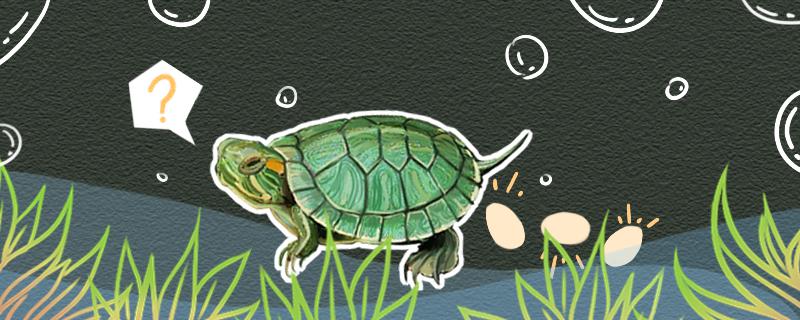
of the Brazilian tortoise laying eggs? Before laying eggs, the Brazilian tortoise will keep crawling in the glass tank, walking back and forth, showing a very irritable and restless performance, which will become more obvious at night. If there is some sand at the bottom of the glass tank, they will dig the hole back with their legs. Before laying eggs, Brazilian tortoises will not like to eat, their appetite will decrease significantly, and some serious tortoises will not eat or drink. When the tortoises have these behaviors, they should be provided with a quiet environment as far as possible to avoid disturbing them and facilitate their reproduction.
of Brazilian tortoises? When breeding Brazilian tortoises, we should pay attention to the two conditions of temperature and humidity. The temperature should be kept within 22-30 ℃, if the temperature is kept at 27 ℃, the number of hatched turtles is more male, and most of the hatched turtles are female at about 31 ℃. Humidity depends on the material the turtle is hatching from. The air humidity is about 80%. If sand is chosen as the incubation material, the humidity should be controlled at about 12%. If water moss is chosen as the hatching material, the humidity should be controlled at about 30%. The size of
the hatching pond is usually about 2 square meters. The bottom of the pond should be covered with 3-5 centimeters of wet sand, and then the geothermal heating line should be buried in the sand. Then dig out the eggs laid the next day, arrange them on the sand in turn, the side with white spots is upward, the interval is about one centimeter, lay about 3 centimeters of thick wet sand on the eggs, cover a wet cloth on the top of the sand, and finally cover them. The cover should preferably be glass to facilitate observation. During the incubation period, it should be checked every two days and regularly replenished with water to keep it moist.